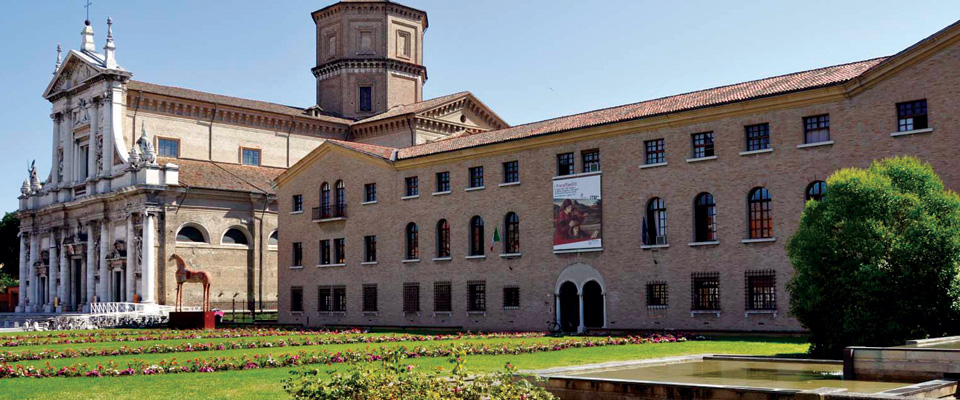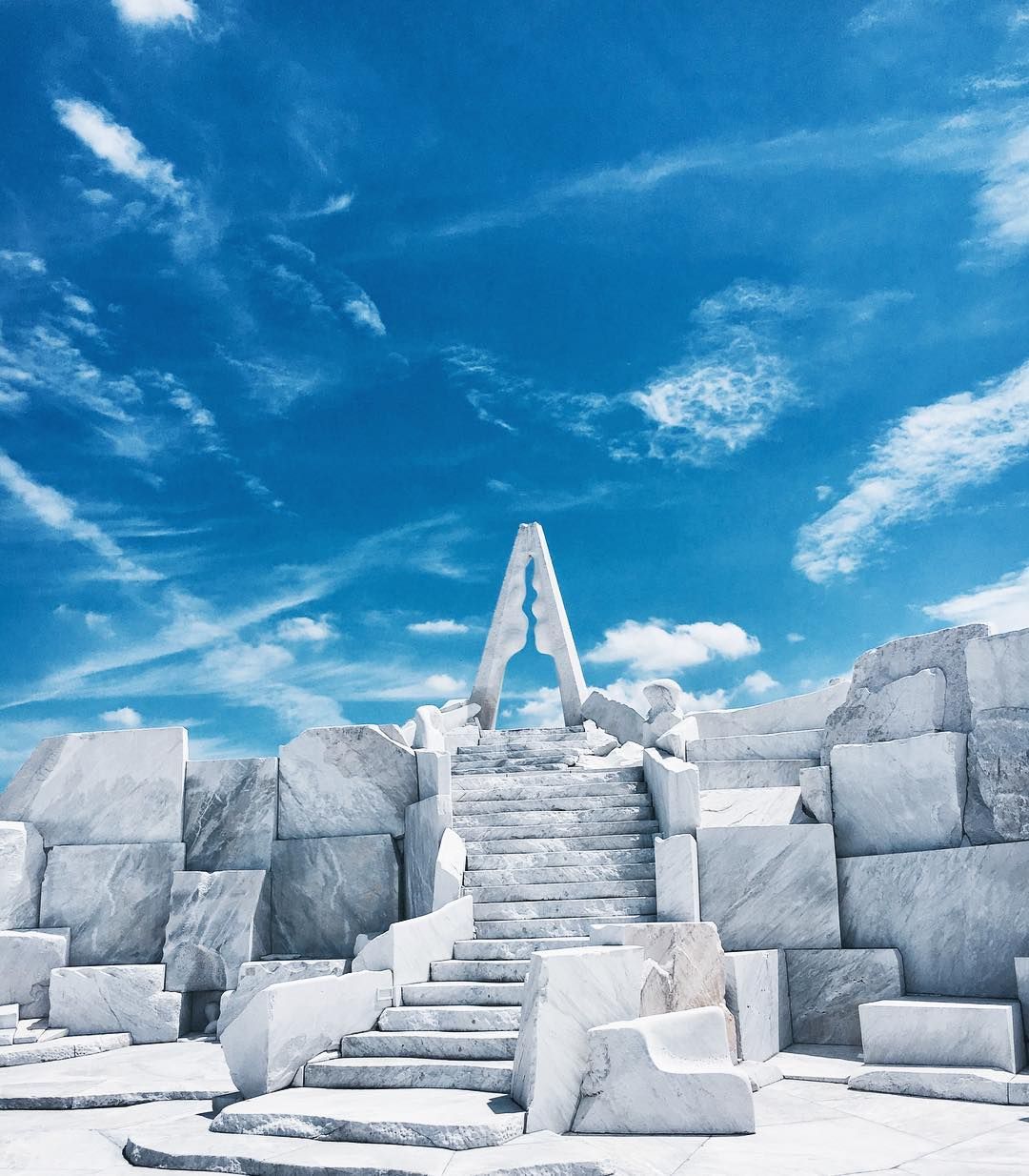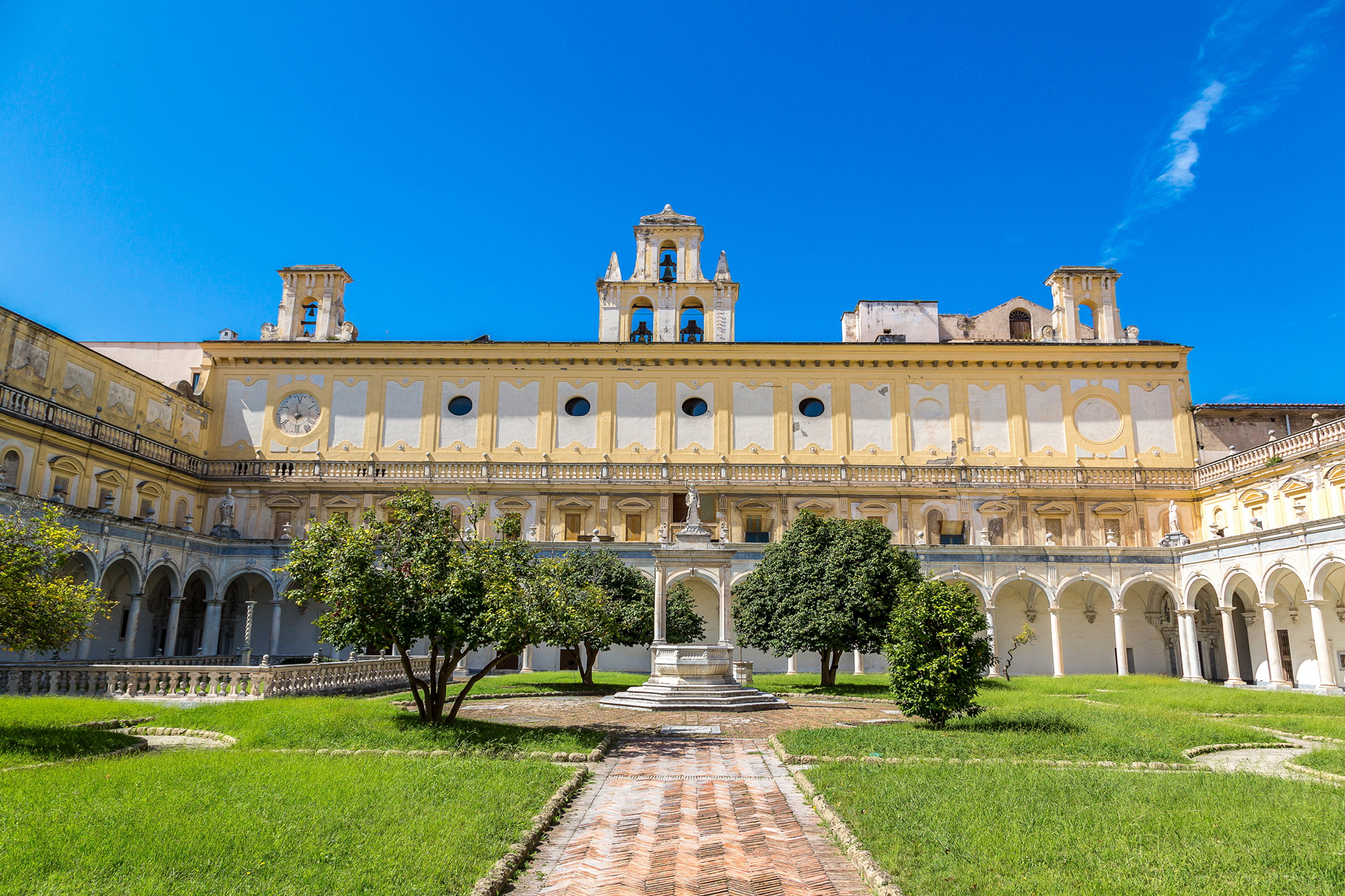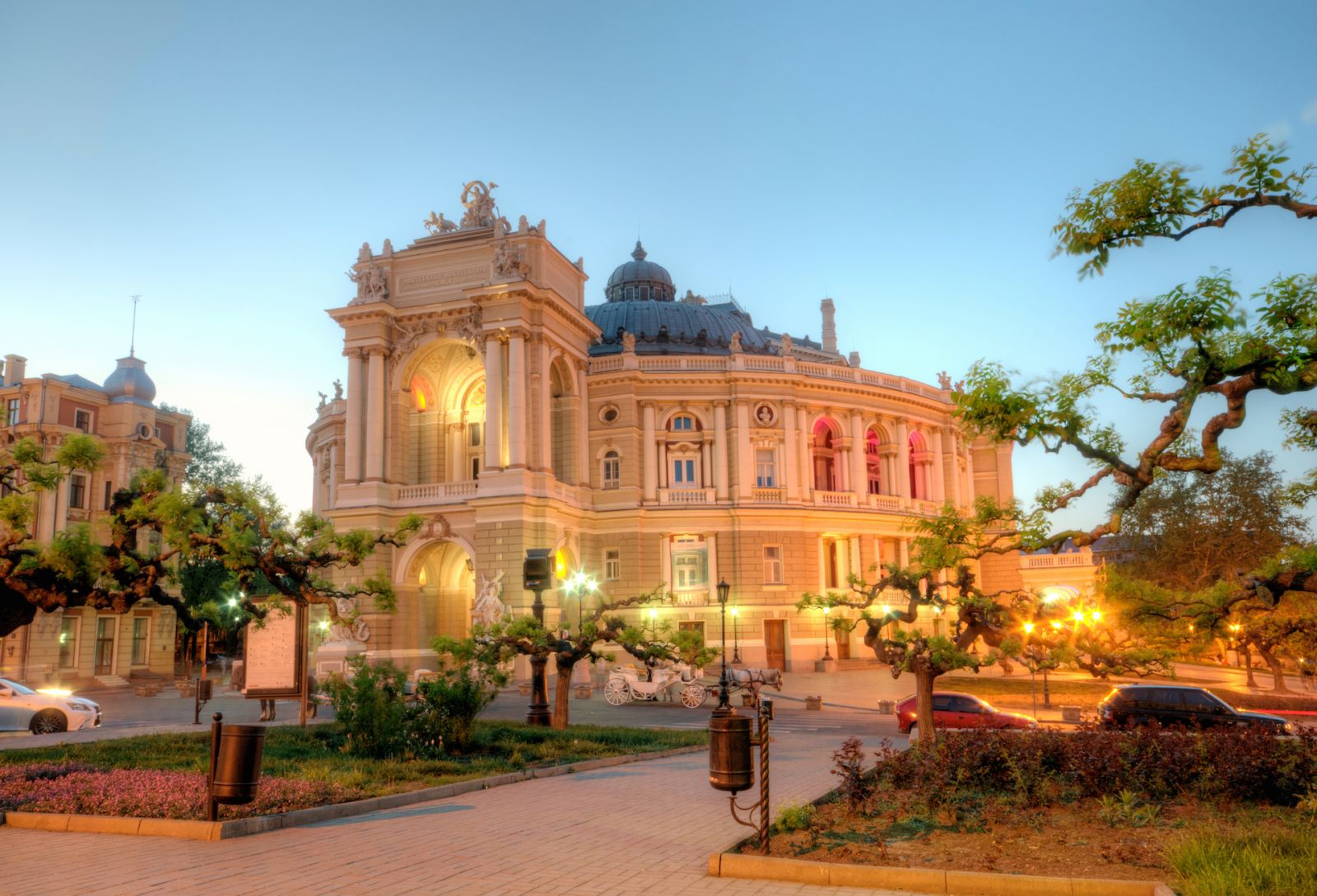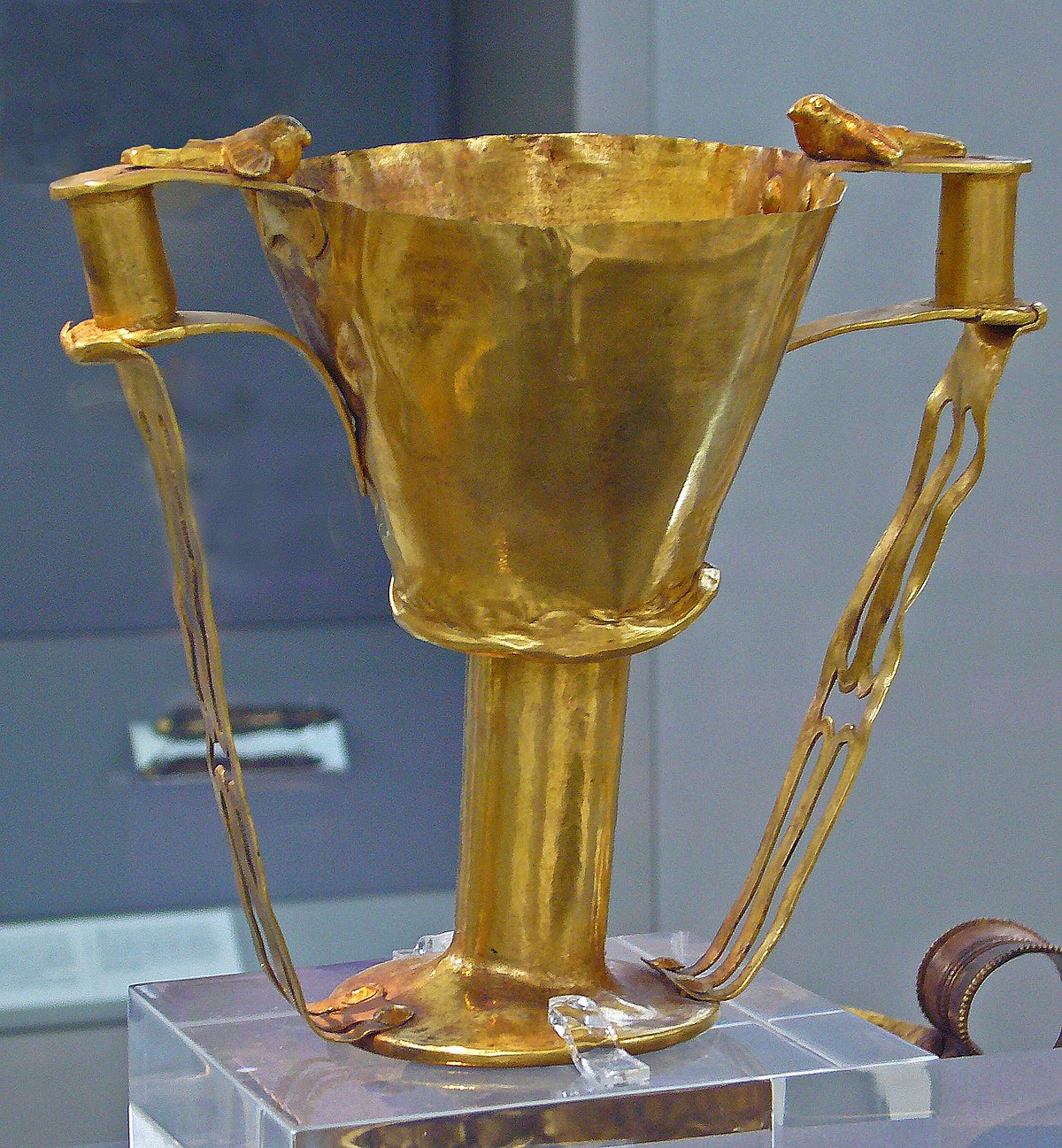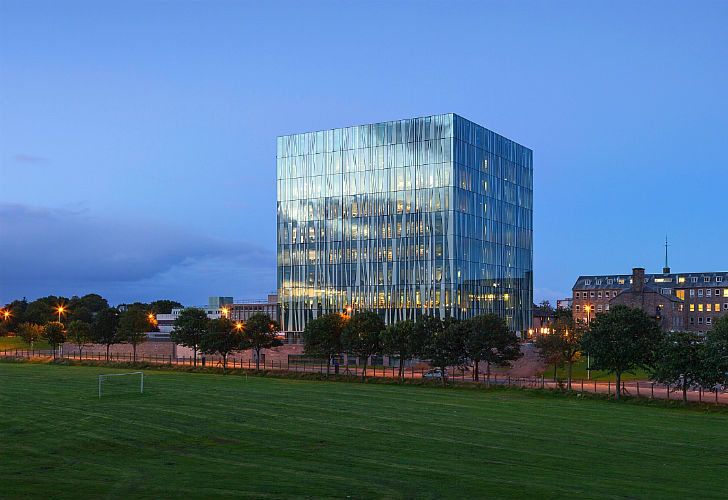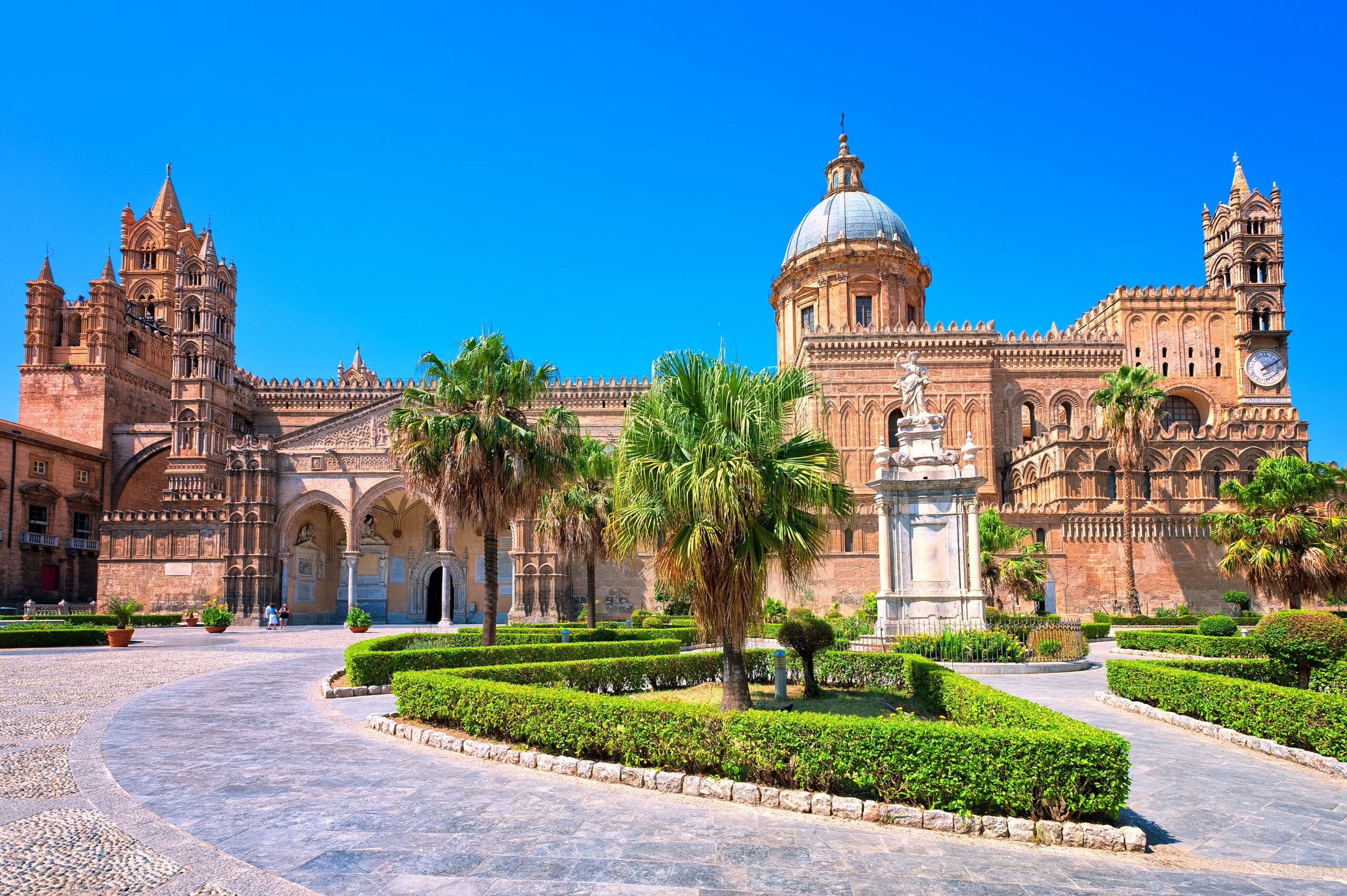The MAR- Art Museum of the city of Ravenna is located in a 16th century monastery, inside the Loggetta Lombardesca. The permanent collection of the Art Museum consists of a series of ancient statues and paintings (between the 14th and 19th centuries), a modern collection with works dating from the 19th to the 21st century and one of modern and contemporary mosaics.
The first nucleus of the civic art gallery comes from the acquisition in 1892 of the works that once belonged to the religious corporations of the city, later enriched by donations and bequests from private individuals.
It is an incredible treasure of more than three hundred works including paintings and sculptures, and a chronological span fixed between the fourteenth and the nineteenth century, to which will later be added a large collection of small paintings of the fourteenth and fifteenth centuries.
Very well known is the funeral monument of Guidarello Guidarelli, made by Tullio Lombardo in 1525. The 1548 painting by Giorgio Vasari Compianto su Cristo deposto dalla Croce (Lamentation over Christ Deposed from the Cross), commissioned by the Classe Monastery, is fundamental, as is the large canvas of San Romualdo by Guercino, magnificent for its colours and composition.
Over time, the Pinacoteca has also opened its collections to modernity.
The contemporary collection includes a female nude by Gustav Klimt, while the second half of the twentieth century is documented by important names of Roman Pop Art, such as Schifano and Tano Festa, followed by the protagonists of the abstract current, such as Veronesi, Boetti, Dadamaino, Olivieri, Castellani, Griffa, Mondino and Cattelan.
The museum also houses an impressive collection of contemporary mosaics, the original nucleus of which was strongly supported in the last century by the scholar Giuseppe Bovini to enhance the refined technique of the mosaicists of Ravenna and adapt it to the spirit of contemporary painting.
The collection includes names of artists such as Guttuso, Capogrossi, Vedova and Chagall, who were commissioned in 1951 to create sketches of works to be executed in mosaic. It also boasts a constant activity of acquisitions of new works that, while using a mosaic language, go beyond the orthodoxy of the traditional technique.
The museum also has a feverish didactic activity in order to promote the knowledge of its permanent and temporary collections and to bring the public closer to art through the programming of events, workshops and animated guided tours.
